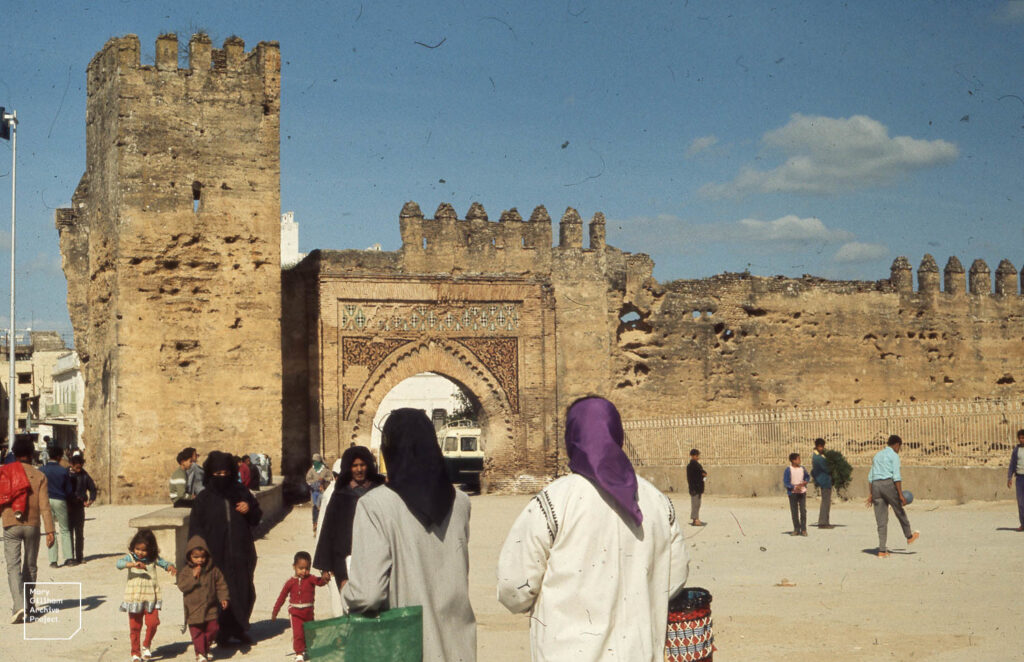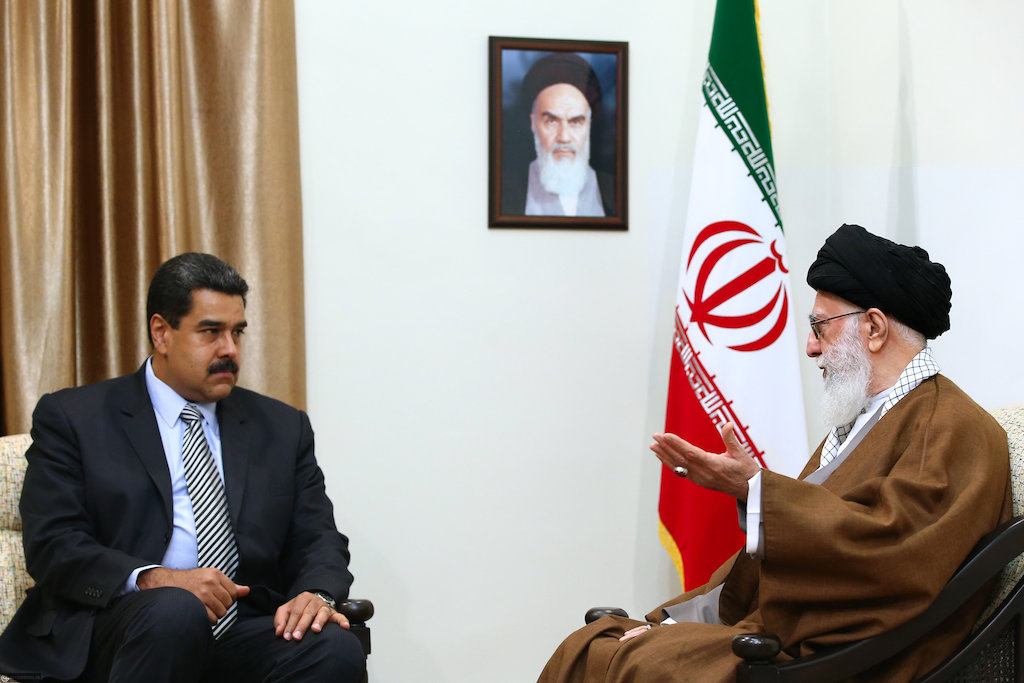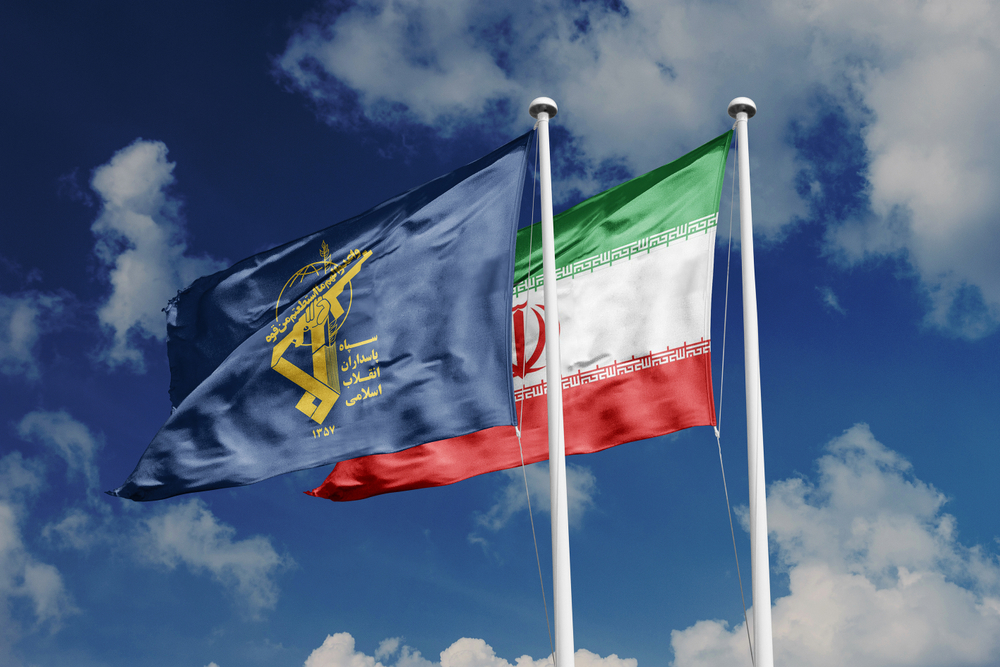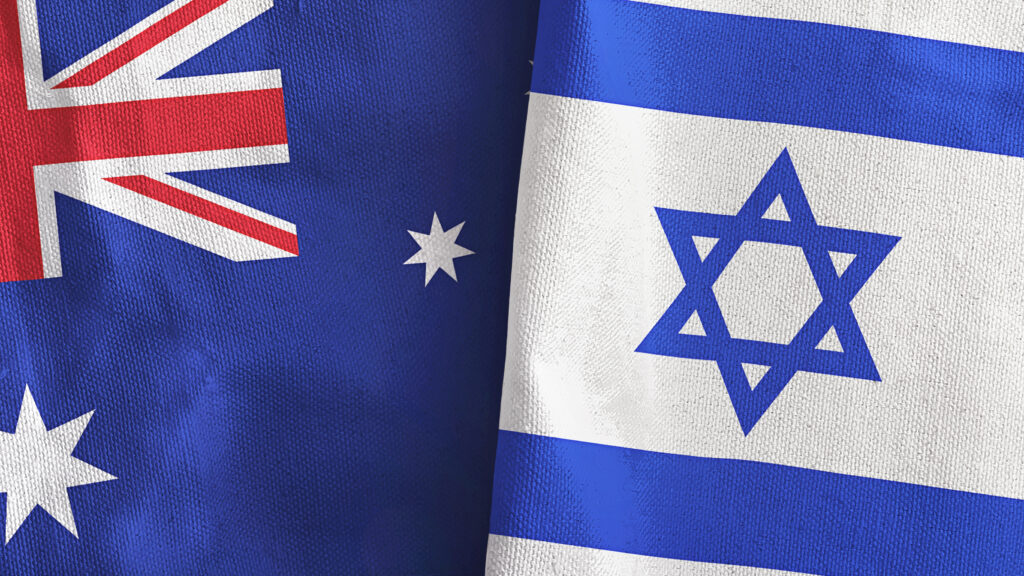IN THE MEDIA
Trump’s Gaza deal may be the last best chance for peace
October 3, 2025 | Joel Burnie
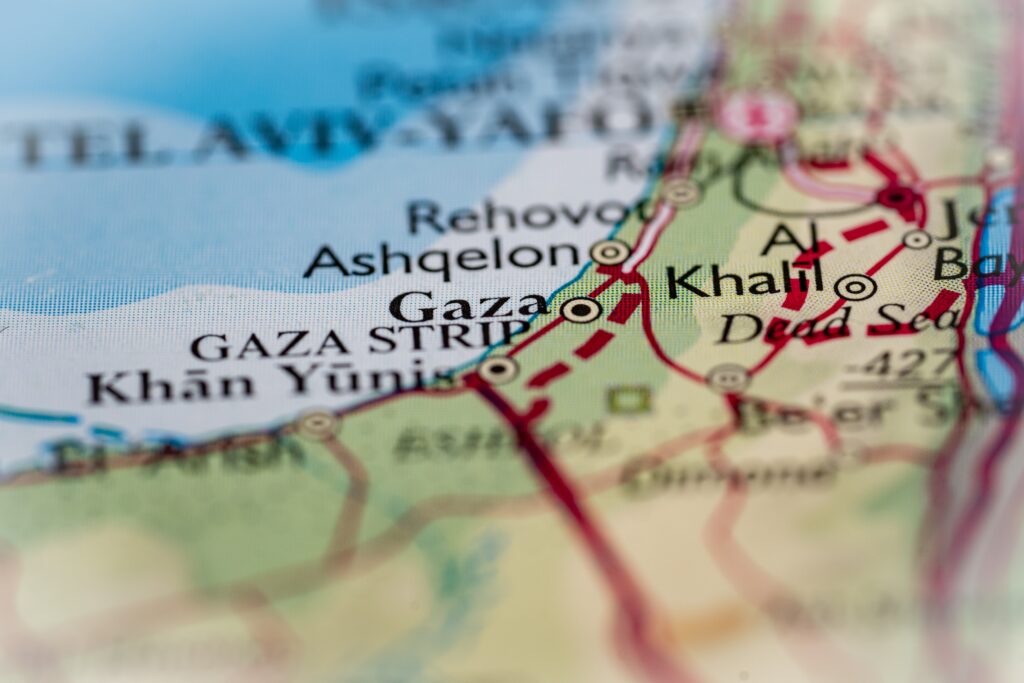
Australian Financial Review – 3 October 2025
The Trump 20-point peace plan to end the Gaza conflict, with the agreement of important Arab and other Muslim states as well as Israeli PM Benjamin Netanyahu, represents a very welcome development. However, the plan, released on Monday, will only succeed in bringing an end to the Gaza fighting in the short-term and a progress toward real peace in the longer terms if accompanied by firm commitments and steadfastness from the international community.
The plan’s first point is its essence – Gaza must be “a de-radicalized terror-free zone that does not pose a threat to its neighbours.”
If both sides agree, the war will end immediately, and Israeli forces will immediately withdraw to an agreed-upon line.
All Israeli hostages are to be released within 72 hours of Israel agreeing in exchange for nearly 2,000 Palestinian prisoners held by Israel, including 250 serving life sentences. This issue of which prisoners has been a stumbling block in previous ceasefire proposals.
Hamas members who accept peace will be granted amnesty or exile, and the full flow of aid and reconstruction in Gaza will commence.
Gaza will initially be governed by a transitional technocratic government, overseen by an international “Board of Peace” headed by Trump and including former UK PM Tony Blair. Once the Palestinian Authority has completed a major reform process to which it has previously agreed, it will be entitled to take over. Gaza residents will be allowed to leave, but no-one will be forced to do so, and those who do so will be free to return.
Especially crucial is Point 13. Hamas and other “factions”, ie terror groups, will have no role in Gaza’s governance, all military, terror and offensive infrastructure, including tunnels and weapons factories, must be destroyed, and all weapons decommissioned.
This point above all others will require ongoing international oversight and enforcement, especially given Hamas’ oft-stated determination to retain its armed capacity. After all, its entire reason for existing is to destroy Israel through violence.
An International Stabilisation Force (ISF) will deploy in Gaza to train Palestinian police, secure the area and ensure aid flows.
Importantly, even if Hamas refuses the Plan, and the war continues, Israel will hand areas it has cleared of Hamas to the ISF. So no matter what Hamas does, Israel will ultimately hand all of Gaza to the ISF and maintain only a security perimeter.
The Plan says that following the required PA reforms, “conditions may finally be in place for a credible pathway to Palestinian self-determination and statehood.” This makes far more sense than recognising the currently non-existent state of “Palestine” based only on promises the PA has broken many times before, as several countries including Australia recently did.
The US will also establish a dialogue between Israel and the PA to achieve peace – itself a breakthrough given the PA has refused all final status peace talks with Jerusalem since 2014.
Achieving the Plan will be probably be tortuous. Many of the details will need to be negotiated, and any of these could potentially derail it. And it will only truly work if Hamas agrees.
But if Hamas refuses, it will stand almost entirely alone, as even the Arab world, including Hamas’ ally Qatar, is on side. In this scenario, the international community must understand that Hamas is the obstacle to peace, and accept Israel’s right to continue the war, within the Plan’s framework, to remove Hamas as a threat to its civilians.
However, if even Hamas does agree, the international community will need to learn lessons from failures to secure lasting peace following past conflicts. Terror groups like Hamas often temporarily agree to ceasefires when greatly weakened, but that doesn’t mean they’ll abide by the terms.
For example, following the 2006 Israel-Hezbollah war, Hezbollah disregarded its requirement to disarm, and thanks to Iranian supplies, was soon far stronger than at the ceasefire. The international monitoring mechanism, through the UN, was totally ineffective.
Similarly, control must only be transferred to the Palestinian Authority if it has genuinely reformed – a process likely to take a number of years, at a minimum. The premature recognition of a Palestinian state by so many countries including Australia after years of Palestinian Authority (PA) incitement and rejectionism in contravention of its Oslo Accords demonstrated to the PA that it can achieve its aims by holding out, while ignoring its obligations. This cannot be allowed to happen again.
If there is not sufficient international determination to ensure full Palestinian compliance with the Plan, Gaza will likely revert to the terror hub Hamas want it to be. This would just bring further rounds of violence, which is in no-one’s interests, especially Gaza’s long-suffering residents.
If, however, the Plan does succeed, with international support that is both determined and realistic, not only will the current terrible Gaza war come to an end, it could bring an era of unprecedented peace and prosperity for Israelis and Palestinians – the outcome to which all people of goodwill should aspire.
Joel Burnie is the executive manager at the Australia Israel and Jewish Affairs Council
Tags: Gaza, Hamas, Israel, Palestinian Authority, Palestinians

